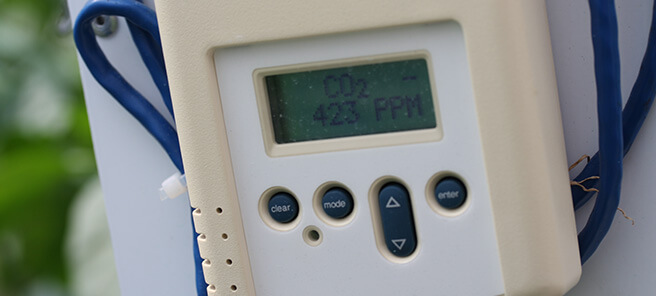The yield or growth rate of most vegetable crops is likely to increase as atmospheric CO2 levels rise. This effect is well known in the glasshouse industry where CO2 enrichment has been practiced for many years for crops such as tomatoes, cucumbers, capsicums and leafy vegetables.
Global CO2 levels have just recently reached 400ppm, up from 320ppm in 1960 and 350ppm in 1985. Unless global abatement measures start to have a significant impact, it is expected that atmospheric CO2 levels will be about 435ppm by 2035.
High CO2 can result in more efficient photosynthesis and improved growth, especially if soil water is limited. The impact can be dramatic, with growth-rate increases up to 20-50% possible if atmospheric CO2 levels reach 500ppm. For example, capsicum growth was increased by 46% when grown at 450 ppm CO2 compared to 360 ppm, and more modest increases have been observed for other crops such as eggplant (24%) and tomatoes (31%).
In practice, however, yield increases tend to be less than expected. Yield is complex and affected by how the variety and its environment interact. Perennial crops, such as fruit trees and forest trees, have been shown to adjust to increased CO2, diminishing its impact over time. Some varieties may respond to high CO2 more than others, meaning optimum varieties may change over time.
